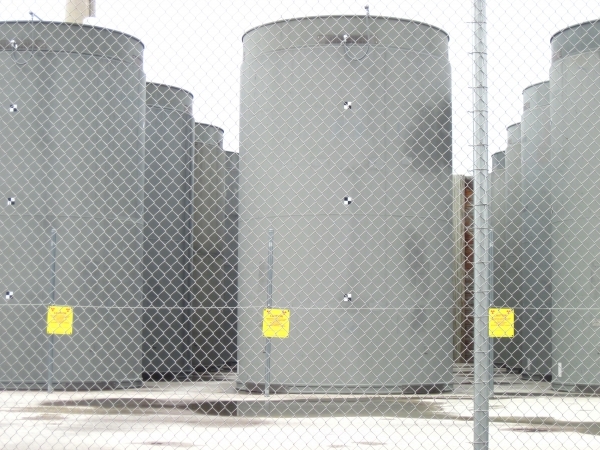BRATTLEBORO — Congratulations to NorthStar for aiming to take apart Vermont Yankee in record time, hopefully by 2026, and hopefully within budget.
The article by Olga Peters [“Unbuilding a Nuclear Power Plant,” Oct. 23], which included an interview with NorthStar's CEO, Scott State, was encouraging, but omitted some of the major issues facing the company in removing reactor waste from the Vernon site.
NorthStar is working with its sister company, Waste Control Specialists (WCS), to open a storage facility in Andrews County, Texas, near the New Mexico border. That site is strongly opposed by local environmental groups and public interest groups along transportation routes. State admits it is controversial.
Here are some of the issues.
* * *
Clearly, all reactor sites undergoing decommissioning, including Pilgrim Nuclear Power Station in Massachusetts, Oyster Creek Nuclear Generating Station in New Jersey, and sites that have already taken apart reactors (Maine Yankee, Connecticut Yankee, and Yankee Atomic in Rowe, Mass.) would like to send radioactive reactor fuel somewhere else, anywhere else; but WCS's proposed site, and another site in New Mexico proposed by Holtec International, are not licensed to accept spent fuel for storage.
Federal law does not allow “temporarily” storing nuclear fuel. Without a permanent solution, “temporary” could be forever. Hopefully, U.S. Rep. Peter Welch, D-Vt., will not support legislation that will allow WCS to open its doors.
Two other issues are of concern.
It is not just nuclear fuel that is radioactively hot. Much of the voluminous low-level radioactive waste can be shipped to Texas, but the WCS landfill cannot accept all of it.
Some of the stainless steel within the Vermont Yankee reactor, after being bombarded with neutrons for more than 40 years, has become radioactive, too - as radioactive as the nuclear fuel itself. The carbon, cobalt, nickel, and niobium that are part of stainless steel have become radioactive and have very long half-lives: C-14 (5,730 years), Ni-63 (101 years), Ni-59 (76,000 years), and Nb-94 (20,000 years).
This detail was known as long ago as 1978, when four engineering students and I at the State University of New York at Buffalo wrote a report on the subject.
Contrary to WCS's wishes, this long-lived highly radioactive metal does not belong in a surface landfill for the tens of thousands of years they will continue to emit penetrating gamma rays. Hot metals belong in an underground repository along with nuclear fuel. That is the present regulatory requirement.
Many decommissioned reactors store these reactor parts in separate concrete casks. At Connecticut Yankee, three of approximately 60 casks store this hot waste, called “greater than class C waste,” on site, and NorthStar should do the same at Vermont Yankee.
* * *
Finally, transportation is of concern.
Transportation casks are quite sturdy, but they are not designed to withstand severe accidents, such as a several-hour diesel fire or high-speed impact. We are not transporting peanut butter here.
I estimate that a large transportation cask contains prodigious amounts of radioactivity. Take one radionuclide, Cs-137. A large cask containing 37 high-burnup fuel assemblies contains about 700 times the amount of cesium-137 released by the Hiroshima bomb. I'm not saying that a transportation cask would explode and release this inventory, but it is an issue that concerns public-interest groups along transportation routes.
At the least, the industry should physically test these transportation casks rather than simply rely on computer analysis.
In sum, nuclear fuel and hot reactor parts are not going anywhere soon.
